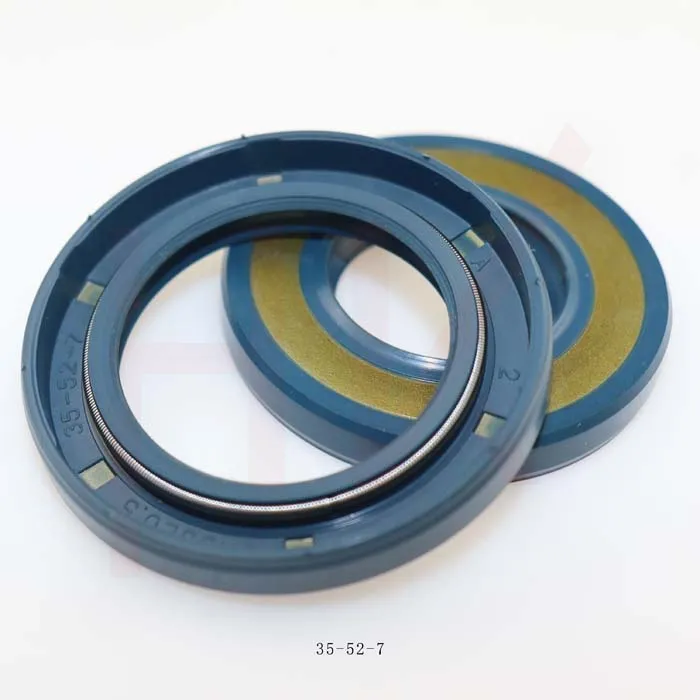Nov . 07, 2024 23:41 Back to list
Hydraulic Cylinder Seal Restoration Tips for Optimal Performance and Longevity
Hydraulic Cylinder Seal Repair A Comprehensive Guide
Hydraulic cylinders are essential components in many industrial applications, including construction, manufacturing, and automotive industries. They convert hydraulic energy into mechanical energy, allowing machines to perform heavy lifting and precise movements. However, like any mechanical device, hydraulic cylinders can experience wear and tear over time, particularly around their seals. Repairing hydraulic cylinder seals is crucial to maintaining performance and preventing costly downtime. This article provides a comprehensive guide on hydraulic cylinder seal repair, covering the common issues, repair steps, and preventive measures.
Understanding the Importance of Cylinder Seals
Seals in hydraulic cylinders play a vital role in ensuring that hydraulic fluid is contained within the cylinder, allowing for efficient operation. They prevent leaks that can compromise performance and lead to hydraulic fluid loss. Additionally, seals minimize contamination from external elements and protect internal components from wear. Therefore, maintaining and repairing hydraulic seals is critical to the overall functionality of the hydraulic system.
Common Signs of Seal Failure
Before diving into the repair process, it’s essential to recognize the signs of seal failure, which may include
- Visible Leaks Any fluid pooling around the cylinder indicates a seal problem. - Decreased Performance If the machinery is slower than usual or struggles to lift loads, it may be due to seal degradation. - Erratic Movement Jittery or inconsistent operation of the hydraulic cylinder can signal seal issues. - Increased Noise Unusual sounds during operation may indicate that the seals are failing to maintain hydraulic pressure.
Repair Steps
When it comes to repairing hydraulic cylinder seals, the process involves several key steps
1. Disassemble the Cylinder To access the seals, first, disconnect the hydraulic cylinder from the system. Carefully remove any hoses and fittings, and then unbolt the cylinder from its mounting. Take precautions to minimize fluid spillage and ensure safety.
2. Inspect the Cylinder Once disassembled, examine the cylinder for signs of wear, corrosion, or damage. Pay close attention to the inner walls, pistons, and existing seals. If the cylinder itself is damaged, it may require machining or replacement rather than just seal repair.
hydraulic cylinder seal repair

3. Remove Old Seals Carefully extract the old seals from their grooves. Use a soft tool to avoid scratching the cylinder surfaces. Be meticulous to ensure that no remnants of the old seal remain, as this could interfere with the new seal's performance.
4. Clean the Cylinder Thoroughly clean the cylinder components, focusing on the sealing grooves. Use a non-abrasive cleaner to remove dirt, grime, and any residues. This step is crucial for ensuring a proper seal fit.
5. Install New Seals Once the cylinder is clean and dry, install the new seals. Ensure that the seals are of the correct size and type for your specific application. Use a seal installation tool or a soft cloth to avoid damaging the seals during installation. Be cautious to avoid twisting or pinching the seals.
6. Reassemble the Cylinder After the new seals are securely in place, reassemble the hydraulic cylinder carefully. Ensure that all components are aligned correctly. Tighten bolts and fittings to the manufacturer’s specifications to prevent future leaks.
7. Test the System Once reassembled, reconnect the hydraulic cylinder to the system. Gradually introduce hydraulic fluid and check for leaks during initial operation. Monitor the performance to ensure everything is working smoothly.
Preventative Measures
To prolong the lifespan of hydraulic cylinder seals and minimize future repairs, consider the following preventive measures
- Regular Maintenance Conduct routine inspections and maintenance to catch potential seal issues early. - Use High-Quality Seals Invest in quality seals that are suited to your specific application and the working environment. - Monitor Operating Conditions Keep an eye on the temperature, pressure, and contamination levels of the hydraulic fluid, as these factors can impact seal longevity.
Conclusion
Repairing hydraulic cylinder seals can be a straightforward process, provided you follow the necessary steps and observe proper maintenance practices. By understanding the role of seals, recognizing signs of failure, and executing a reliable repair, you can ensure the optimal performance of your hydraulic systems. Investing time and resources into seal maintenance not only enhances efficiency but also contributes to significant cost savings in the long run.
-
The Trans-formative Journey of Wheel Hub Oil Seals
NewsJun.06,2025
-
Graphene-Enhanced Oil Seals: Revolutionizing High-Pressure Oil Sealing
NewsJun.06,2025
-
Future of Hydraulic Sealing: Advanced Intelligent TCN Oil Seals
NewsJun.06,2025
-
Don’t Let a Broken TCV Oil Seal Ruin Your Day
NewsJun.06,2025
-
Bio-Inspired Dust Seals for Better Sealing Performance
NewsJun.06,2025
-
Biodegradable and Sustainable Hydraulic Seal Materials
NewsJun.06,2025
-
Top Oil Seal Solutions for Your Industrial Needs
NewsMay.22,2025
Products categories
















